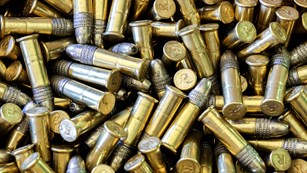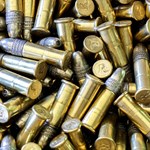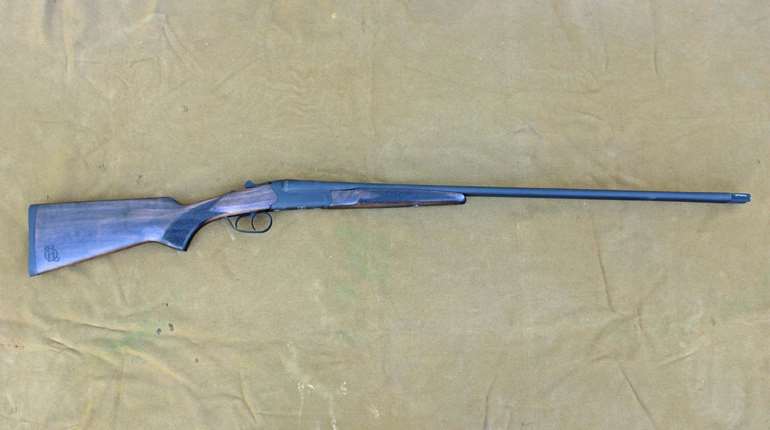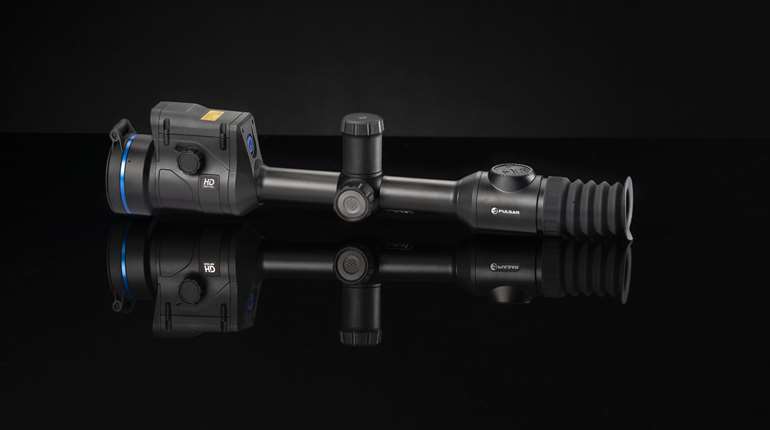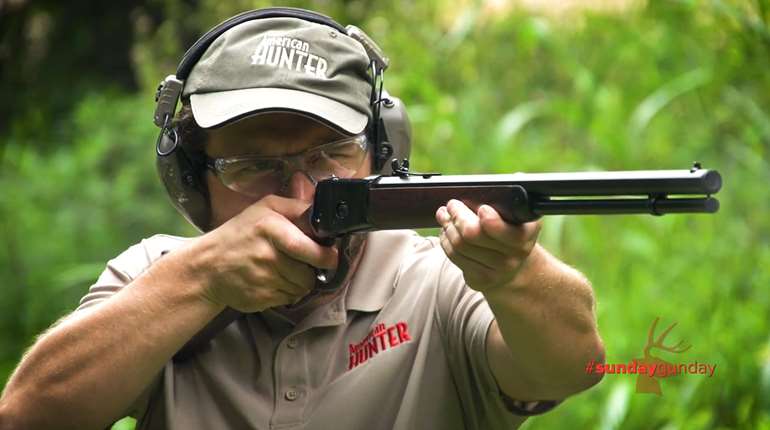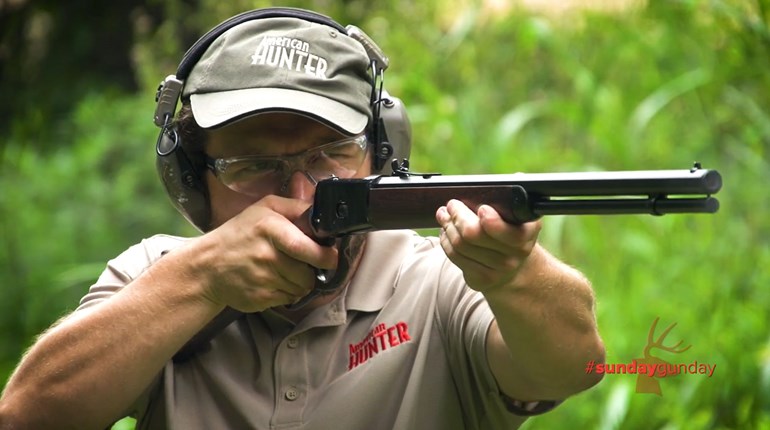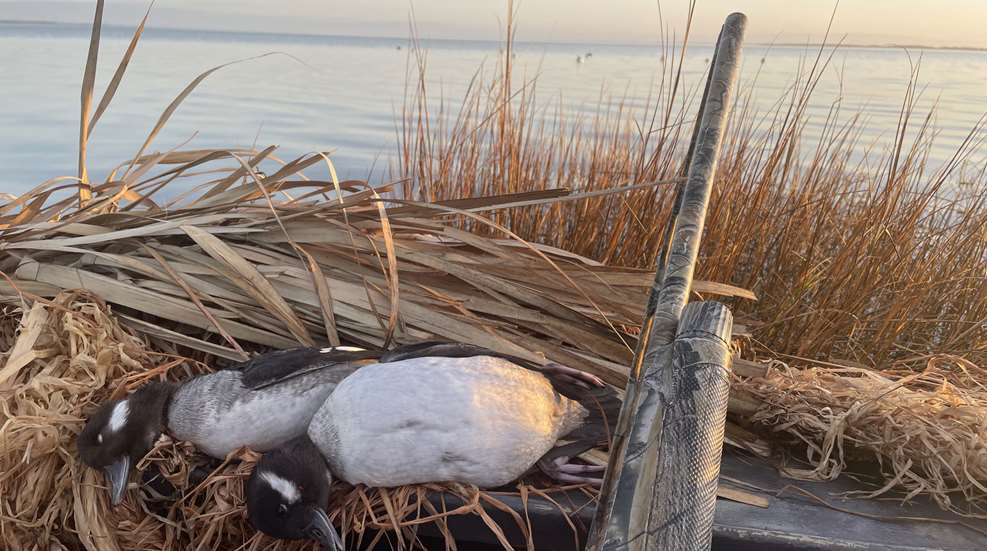
“History is always repeating itself, but each time the cost goes up.” Attributed to historian and philosopher Will Durant, these words feel true at the moment. The cost of essential goods continues to rise unabatedly (i.e. inflation), while simultaneously the portions—specially of foodstuff—are decreasing (i.e shrinkflation). What’s more, thanks to the United States’ excessive dependence on Chinese imports and the ongoing trade war, waterfowl hunting will likely cost more this fall—especially if you’re accustomed to using bismuth- or tungsten-laden shotshells. History is repeating itself, and unless you’re well-off or hunt infrequently, an alternative might be needed. Let’s revisit steel.

Origins of Steel Shot for Waterfowling
According to the U.S. Fish & Wildlife Service’s website, fws.gov, “The ban on the use of lead shot for hunting waterfowl was phased-in starting with the 1987-1988 season.” Three years later, in 1991, it became nationwide. Replacing a centuries old pellet-making material in less than a half-decade was as challenging as you might suspect. For naysayers, study the periodic table and then the prices of similar metals (i.e. density, malleability, and availability), not to mention that it couldn’t be “toxic,” and you’ll see the companies’ predicament. A stopgap measure was steel, but at the time its complexities as a shot-making material weren’t understood.
“Nobody was ready for it, and the public was a bit surly when it was thrust upon it,” reported Ballistic Products, Inc.’s Advantages Manual, 9th Ed. “Because of this, steel shot has suffered a poor reputation, even to this day, when the loads and the firearms have evolved to a situation where a steel load is not necessarily an inferior product.”
Steel’s density is its chief weakness. Again referencing the abovementioned manual, “At 7.8 grams per cubic centimeter, steel is roughly seventy percent as dense as lead, and density maintains velocity with distance. With comparable loads, steel will lose approximately half its energy at forty yards.” Additionally, early steel loads were brimming with shot—essentially lead-equivalent payloads—propelled to lackluster velocities—a sure way to fail. Naturally, ardent waterfowlers who were familiar with the ballistics of lead shot weren’t impressed with steel, to say the least. Fortunately, the search for a near-lead equivalent continued.

Steel Substitutes & Price Increases
Bismuth was the first non-steel alternative to receive federal approval for hunting migratory birds. With a density of around 9.75 grams per cubic centimeter (g/cc)—comparable to lead’s 11.34 g/cc—and being soft (malleable) and somewhat affordable, bismuth was the best substitute. However, it wasn’t without issues; namely, bismuth is brittle, and when not alloyed with tin in the proper ratio, can fracture during setback, while traversing the bore and choke, or upon impact with bone. The result is poor penetration and patterns. Although the initial attempts at crafting lethal pellets from bismuth were abysmal, today’s shot is remarkably durable, uniform, and exhibit excellent aesthetics. The best-quality bismuth now is alloyed and formed, then ground smooth and plated with tin or copper.
While bismuth was clearly a superior pellet-making material (over steel), its increased cost during those early days essentially halted development and consumer demand. History is cyclical, and the writing is on the wall.
As an ardent handloader, I custom craft most of my waterfowling loads, be they laden with steel, multi-metal (a blend of steel and tungsten), or bismuth shot. Handloading steel shot offers little financial incentive, but the savings is noteworthy for its non-iron-based alternatives. That’s the very reason that I take advantage of them.
At the time of this writing, my primary source of bismuth shot (Ballistic Products, Inc.) has roughly doubled the cost of its former economy BSR shot to $183.99 for a 7-lb. bag. Meanwhile, the company’s “premium” SpheroBismuth Tin-Plated Bismuth Shot costs about $1 more for the same size offering, but also reflects a prodigious price increase. I’d expect ammunition makers to do the same, too, as China is the largest exporter of bismuth.

According to the U.S. Geological Survey’s “Mineral Commodity Summaries, January 2024,” “The U.S. ceased production of primary refined bismuth in 1997 and is highly import reliant. Bismuth is contained in some lead ores mined domestically. However the last domestic primary lead smelter closed at yearend 2013; since then, all lead concentrates have been exported for smelting.” See the implications of a trade war with China?
The problem doesn’t end with bismuth, either. Shortly after bismuth, manufacturers started experimenting with tungsten. With a density of 19.35 g/cc, which is denser than uranium, tungsten is vastly superior for shot-making—even over lead. Tungsten isn’t used alone; rather, it’s alloyed with other metals, including iron, copper, bronze, nickel, and/or tin, and even polymer. The resulting pellets can vary greatly in weight and malleability (if at all).
The combinations concocted are too numerous to list here, but through the years they ranged from the barrel-friendly and ultimately discontinued ITX-10 (about 10 g/cc) and Kent Impact Tungsten Matrix (10.8 g/cc) to the unparalleled Tungsten Super Shot (TSS), which ranges from 18.0-18.1 g/cc. The latter is, bar none, the best shot-type available. But, hard-hitting tungsten isn’t without detractions—namely cost. Expending a single shell weighed down with high-priced TSS for a spring gobbler is one thing, but waterfowling generally isn’t a one-shot affair. Even “Duplex”-style, multi-metal loads with TSS command a premium. Maybe they’re in your budget. Maybe not.
Tungsten, like bismuth, has always carried a premium price tag. And like bismuth, the majority of the world’s tungsten exports originate in China. Most sources put the percentage at 80 or above, and that country limits production and export, which further limits availability. Sure, the U.S. secures tungsten from other nations as well, but China is the largest source. Moreover, tungsten is also being used in the aerospace, defense, medical, automotive, and manufacturing fields, to name a few. As a limited resource becomes more used, the price escalates—even before trade wars.
As you can see, the tough economy and ever-increasing costs of steel alternatives could shift many hunters back to the once-despised pellets. Therefore, it’s prudent to understand how to extract the most from these economical loads.

Steel Shot Fundamentals
Steel’s low density requires forethought; payload, velocity, and pellet size are important considerations to attaining success. Let’s begin with the former two, which are interconnected. Given that pellets made from steel are lighter, they must be propelled to higher velocities to maintain their lethality further. “Unlike lead pellets, steel shot does not offer the shooter the luxury of high levels of energy with slow-moving pellets,” explained BPI’s The Status of Steel, 16th Ed. manual. Velocity is key.

To illustrate the importance, the company compared the duck-killing capability of a 0.140-inch, 2.961-grain, No. 3 steel pellet when propelled at 1,300, 1,400, and 1,500 fps. At the lowest of the aforementioned velocities, said shot is lethal to 41 yards, and a 100-fps increase in speed adds another six yards. Forty-nine yards is the max distance when the pellet is pushed to 1,500 fps—only a two-yard difference for a further 100-f.p.s. boost. Obviously, the law of diminishing returns is at play for the latter, and the additional felt recoil and abuse outweigh the gain.
An increase in velocity can be augmented, or somewhat replaced by, using larger pellets; however, there are downsides to doing so. Forget the lead, bismuth, and tungsten mindset; speed, when combined with an adequate number of pellets to fill a pattern, is what’s desirable. And, since steel pellets are less dense (i.e. lighter) than those from the aforementioned materials, the pellet count per ounce swells. A lighter payload is preferable.

As an example, a pre-ban duck load contained 1¼-ounces of—or 168—No. 4 lead pellets. The same payload of No. 4 steel by weight contains 240 pellets. If the former was deemed desirable, are the extra pellets needed—especially at the expense of speed? No. A mere 7/8 ounces of the latter contains an equivalent number of shot, and can be propelled to more lethal velocities, too. But, steel is steel, and those feathery No. 4s—even when attaining high velocities—are less effective downrange than ones from lead. What to do? The best solution is to opt for an equivalent count of larger No. 3 steel, which is 1 1/8 ounces, and then hit high velocities with it. I prefer 1,350 to 1,500 fps or so.
An unwritten rule is to select a steel pellet two sizes larger than you’d use in lead. While that seems like sage advice, the example above proves it’s not always exactly accurate. But in general, it works. For hunting smaller waterfowl such as teal, bufflehead, and even wood ducks, No. 5 and 4 steel works well. When larger species—including mallards, black ducks, and most divers and sea ducks are probable—No. 3 and 2 get the nod. Number two steel can also pull double-duty on decoying geese and brant, though No. 1 and larger are preferrable for the former. As a standalone and paired with TSS, No. 1 steel has bagged many, many geese for me.

When contemplating shot size, remember that the larger the pellet, the more space it occupies in the shotcup. Being spherical, they also leave more unfilled space between the pellets, or wasted potential. And although the larger pellets weigh more, which can be advantageous at-distance on larger birds, patterns can become thin, leaving gaping shot-less holes or too few lethal hits. Such can be the case when using T, F, and BBB sizes, in particular.
What’s more, the small confines of sub-gauge shotcups limit the size of shot that can be effectively used in them. Frankly, when using steel shot the 20 gauge is about as small as should be used for gunning bigger birds, since one ounce of No. 2s at modest speeds maxes it out. Anything larger and the patterns are too sparse, and smaller shot is a poor choice for the task. Before the widespread availability and use of tungsten-based and bismuth shot, 10 gauges were popular for sending large volumes of large steel pellets downrange, and the 3½-inch 12 gauge was specially created to do the same. Rather than seek the largest shot, find one that offers the perfect blend of size (weight) and payload (pellet count) and then propel it to game-killing velocities. Done.

Other Considerations
Steel shot is steel shot, right? Wrong. Economy steel can be good—uniform in size and treated with a rust prohibitive—but, at times, it’s not. As I’ve mentioned previously on this website, the Sporting Arms and Ammunition Manufacturers’ Institute (S.A.A.M.I.) sets standards for softness (accomplished through annealing); however, “premium” steel tends to exceed those standards and are immaculately polished and spherical in shape. Why does that matter? Misshapen pellets tend to deviate to the fringe of the pattern, thereby enlarging it, and penetrate less deeply. Concerning inconsistency, I’ve encountered steel shot that was advertised as having a blend of No. 1s and 2s, but dissecting several revealed that ranged from 0.189 inches (nearly BBB) to 0.136 inches (between No. 4 and 3). Imagine its effectiveness on geese. The value for the money is greater with top-tier loads.

Since steel shot doesn’t deform upon impact and impart its energy, but rather “ice picks” through, some companies purposefully have created non-spherical pellets to enhance their wounding abilities. Federal’s Flitestopper (FS) and Winchester’s Hex Steel are well-known examples. Though FS Steel has a Saturn-like appearance and Hex Steel is hexagonally-shaped, both produce larger wound channels and wider patterns than conventional spherical shot. The latter’s unique profile also enables stacking, or better utilization of the space within the shotcup. This permits heavy payloads to attain higher-than-normal velocities. I don’t currently use them, but I have used them to good effect in the past. Just expect to pay extra.
High-grade steel shot tends to be plated with zinc or copper. This adds a smidge of weight and smooths the surface, but the primary purpose of the finish is to prevent rust. I prefer such shot not because I fear my pellets rusting—I tend to not submerge them in salt or brackish water—but there is no rust-preventative treatment needed. Just in case it’s not removed during the firing process, I’d rather not have that in the meat that I plan to eat.

Here are a few other things to consider. First, economy loads tend to use traditional-type wads with petals that bloom almost like a flower, while top-end loads often employ newer designs, such as the Federal Flitecontrol Flex, which has slits in the side and a flaring rear section to slow its momentum and facilitate the release of the shot. Remington employs the unique looking Xelerator wad to achieve 1,700 fps in its HyperSonic Steel, but said speed is, quite frankly, unnecessary. Which wad design is used in less of a concern than what it holds.
Other “premium” features include cleaner-burning propellants (only a real concern in gas-operated, semi-automatic shotguns), sealed primers, and other measures to prevent moisture from impacting firing. Seldom have I had an issue with a dud, even when hunting nigh unimaginable conditions on Virginia’s Eastern Shore. That being said, brass-plated steel heads will rust extremely fast when exposed to salt or brackish water. Ideally, you want all-brass or nickel-plated heads. Both do a much better job at preventing rust, which can ruin your ammunition in short order.
“History repeats itself, but in such cunning disguise that we never detect the resemblance until the damage is done,” wrote American journalist Sydney J. Harris. I agree. We’re seemingly headed to the cost-prohibitive ammunition practices of the 1990s. Don’t fret, though; today’s steel loads are likely as good as they’ll ever be, and they are very effective at bagging waterfowl—provided you make an informed buying decision and keep the shots close.







